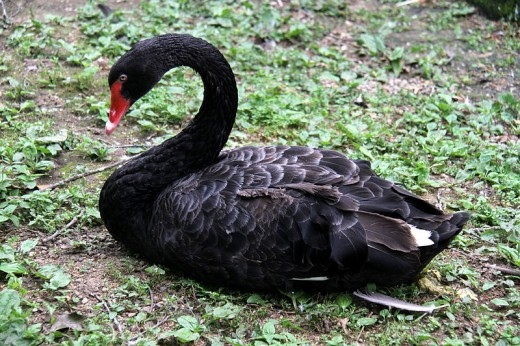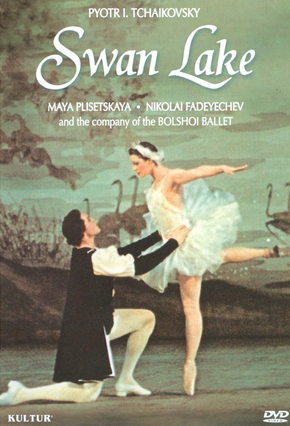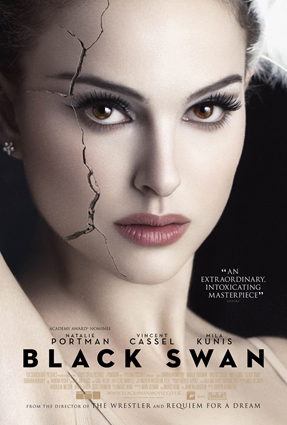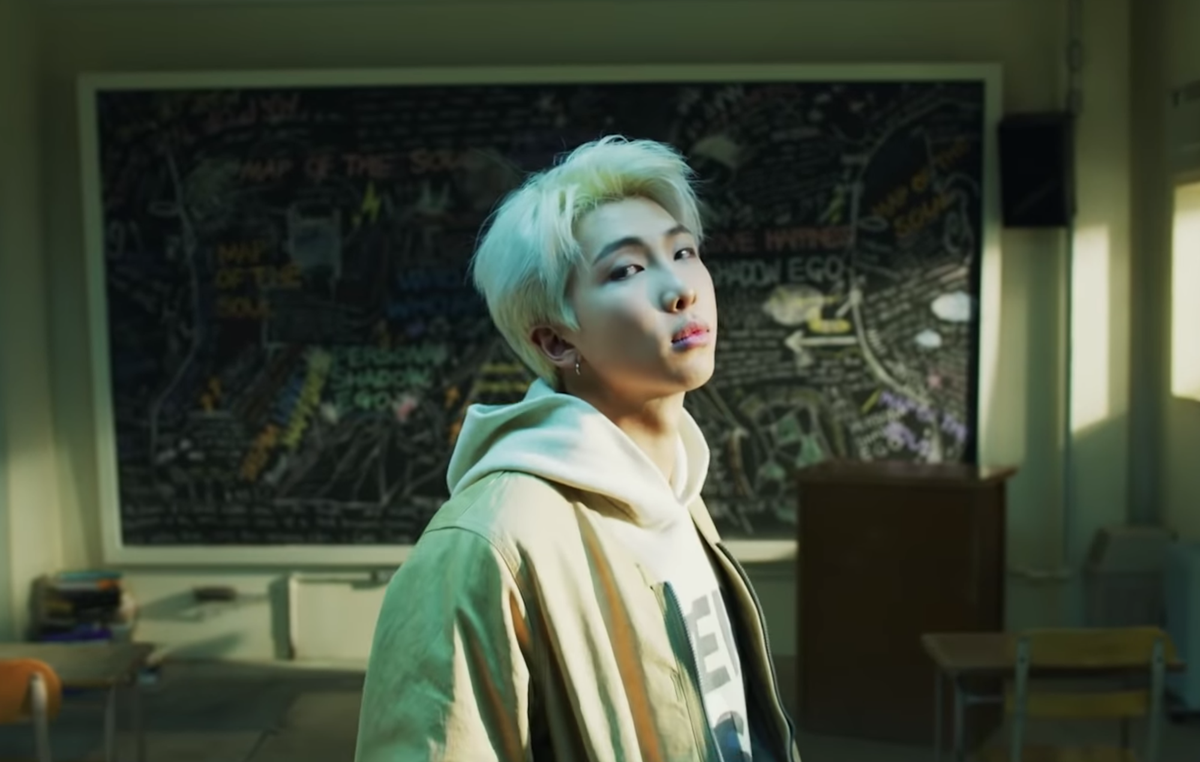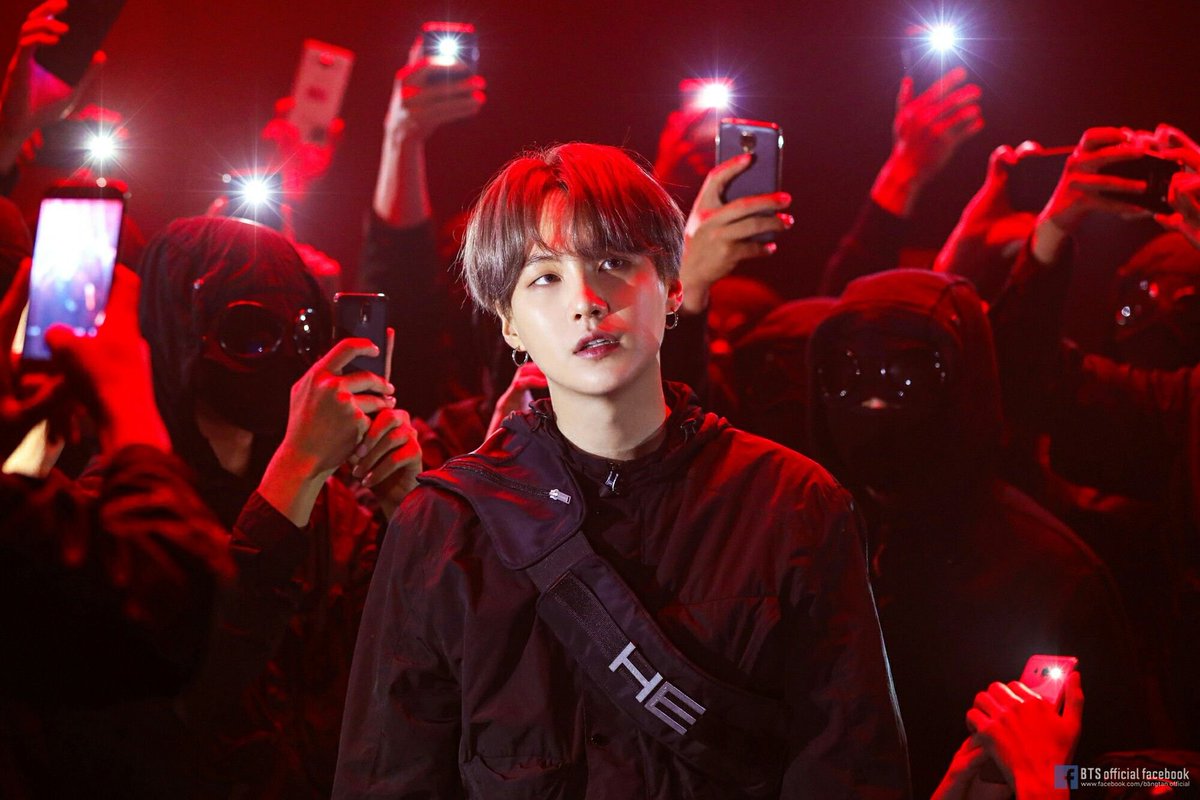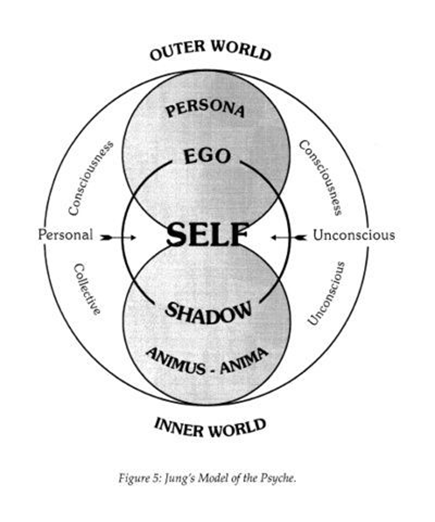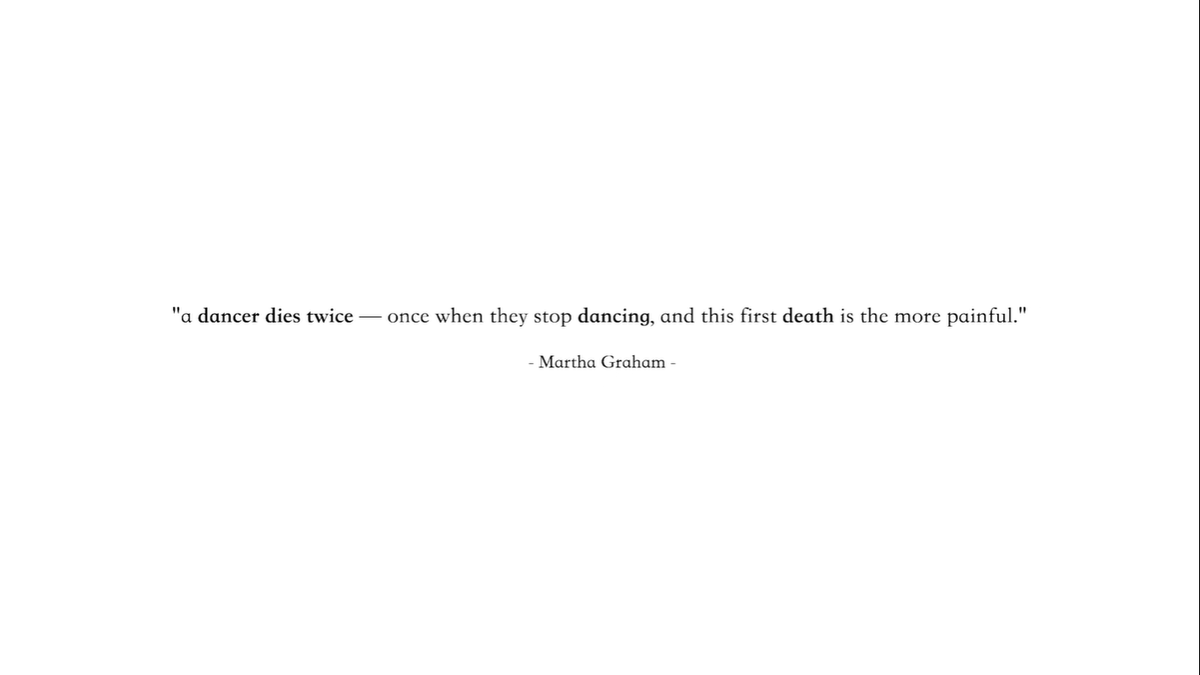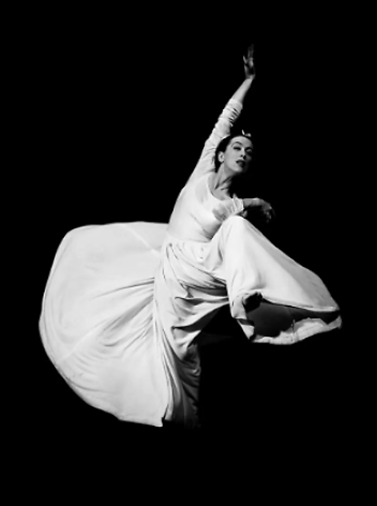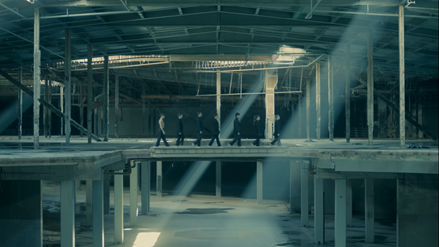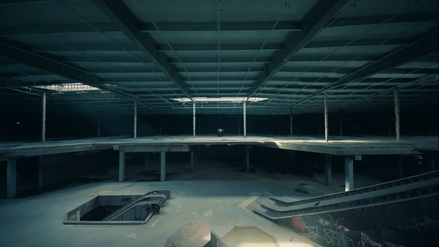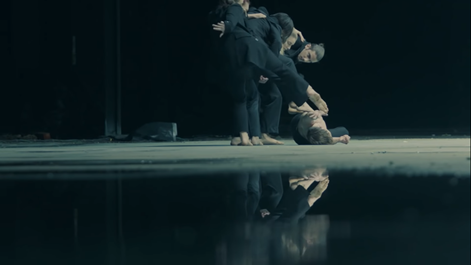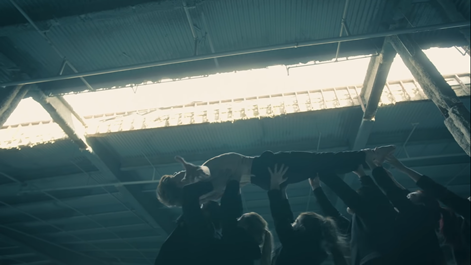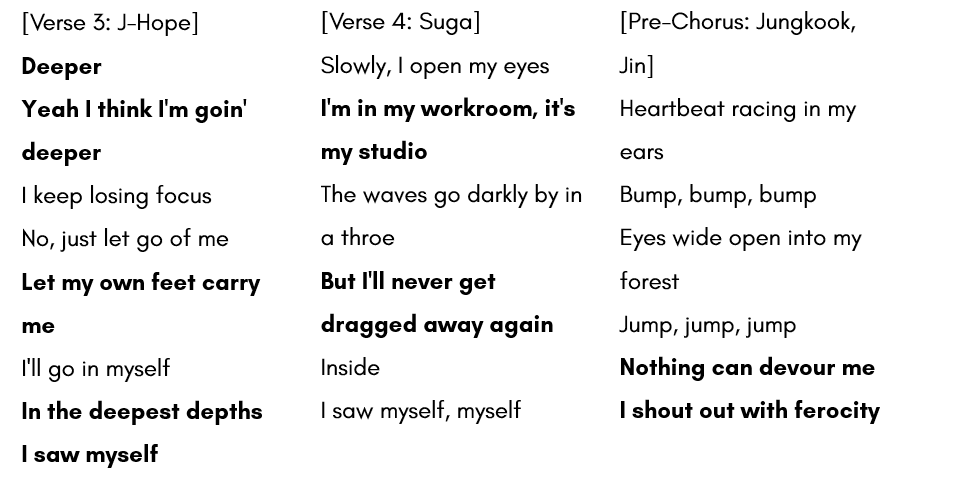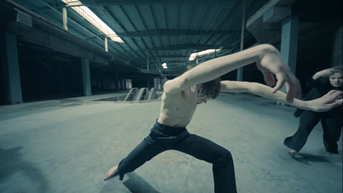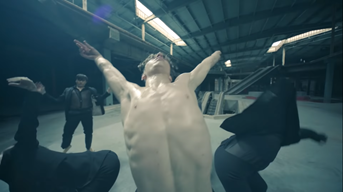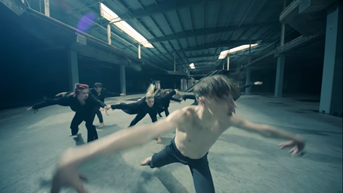THE CODES OF BLACK SWAN: An analysis thread on the art film recorded by @BTS_twt (방탄소년단) and performed by MN Dance Company
#ARMY_TS @army_society
#ARMY_TS @army_society
The lyrics, choreography, and meaning of BTS’ song comes from the concept of the Black Swan. This term comes from the Western belief that all swans are white; one that had been disproven when Dutch explorer Willem de Vlamingh discovered black swans in Australia in 1697.
Artistic interpretations of this concept were soon conceived, examples being the Pyotr I. Tchaikovsky’s famous ballet Swan Lake to the 2010 film Black Swan starring Natalie Portman.
And, if you& #39;re not already aware, BTS is also famous for often referring to Carl Jung’s Model of the Psyche, which talks about how the psyche is a self-regulating system that seeks to strike a balance between opposing qualities while constantly striving for growth.
1. TWO DEATHS
The art film opens by displaying this powerful quote from Martha Graham, talking about the fear of artists losing the passion or ability to do what they love, which foreshadows the overall theme of the song.
The art film opens by displaying this powerful quote from Martha Graham, talking about the fear of artists losing the passion or ability to do what they love, which foreshadows the overall theme of the song.
2. THE ABANDONED WAREHOUSE
After the quote fades out, the first few frames use wide camera angles to highlight the setting and environment where the performance will take place. As seen here, it clearly shows an empty and abandoned warehouse.
After the quote fades out, the first few frames use wide camera angles to highlight the setting and environment where the performance will take place. As seen here, it clearly shows an empty and abandoned warehouse.
BTS is often portrayed in the media with a glittery atmosphere of grandeur and mania, highlighting their unprecedented success. But in this song, they, like the warehouse, strip down the façade to the barest and most honest level to talk about their real struggles and fears.
3. THE SWAN
The wing-like arm movements of the topless man in the center easily imply that he is undergoing a “transformation” process and turning into the black swan.
The wing-like arm movements of the topless man in the center easily imply that he is undergoing a “transformation” process and turning into the black swan.
4. THE WINGS
The way the other six ensemble members, who are fully dressed in black, move is also noteworthy in the way that they resemble the swan’s wings.
The way the other six ensemble members, who are fully dressed in black, move is also noteworthy in the way that they resemble the swan’s wings.
5. THE SWAN& #39;S STRUGGLE
The wings, although powerful and mighty, seem to burden the swan instead of helping him fly. They step on, lift, control, and manipulate the swan - like a limp puppet.
The wings, although powerful and mighty, seem to burden the swan instead of helping him fly. They step on, lift, control, and manipulate the swan - like a limp puppet.
The wings may also represent the swan’s shadow, which, according to Jung, is the collection of the parts of our personality that we choose to repress. In reference to the opening quotation, the shadow of the swan represents his fears of losing his passion for doing what he loves.
In this case, it appears that the things that the swan fears are what is controlling him.
6. GROUND-LEVEL SHOT
The camera’s height in this frame is on ground level with the swan. This gives the viewers an impression of the swan’s pain as he hits “rock bottom,” ironically, because of his wings.
The camera’s height in this frame is on ground level with the swan. This gives the viewers an impression of the swan’s pain as he hits “rock bottom,” ironically, because of his wings.
7. LOW-ANGLE SHOT
Unlike the previous one, the wings are now raising the swan. The heaven-like glow from the ceiling plus this low-angle shot highlight the power dynamic between the swan and his wings and reinforce the notion of triumph the swan achieves because of his wings.
Unlike the previous one, the wings are now raising the swan. The heaven-like glow from the ceiling plus this low-angle shot highlight the power dynamic between the swan and his wings and reinforce the notion of triumph the swan achieves because of his wings.
8. THE CAGE
Laser-like spotlights blast down from the ceiling in such a way that bears resemblance to long metal rods, making it look like a cage. The swan tries to escape the cage but is pulled back inside by the wings.
Laser-like spotlights blast down from the ceiling in such a way that bears resemblance to long metal rods, making it look like a cage. The swan tries to escape the cage but is pulled back inside by the wings.
The technical and symbolic aspect of this that is worth noting is the specific use of spotlights: BTS are celebrities who are always at the center of attention and under the spotlight.
However, here, it seems that it is also this same attention and spotlight that burdens and entraps them. When the swan is pulled back in, the wings force him to fly rather painfully.
9. THE DESCENT
The narrative begins to shift. The actions of the swan reflect the lyrics that talk about independence and self-discovery as he attempts to fight against the shadow of his wings.
The narrative begins to shift. The actions of the swan reflect the lyrics that talk about independence and self-discovery as he attempts to fight against the shadow of his wings.
He finally frees himself of his fears and lets his own feet carry him to where he wants to go. Eventually, the swan literally goes down an escalator, descending away from his struggles, triumphs, the spotlight, and the cage. He begins a journey to finding himself once more.
10. THE SWAN& #39;S CONTROL
Soon enough, the swan& #39;s wings come back to attack him. But, instead of succumbing to them like before, the swan asserts his power by resisting the grasp of his shadows. At long last, we see the swan commanding his wings/shadow through the choreography.
Soon enough, the swan& #39;s wings come back to attack him. But, instead of succumbing to them like before, the swan asserts his power by resisting the grasp of his shadows. At long last, we see the swan commanding his wings/shadow through the choreography.
11. FISHEYE EFFECT
The last portion of the art film seemed to use a fisheye-like lens to capture these key frames. As the swan asserts his power over his shadow, the fisheye effect produced a subtle but strong visual distortion by centering and exaggerating the swan’s presence +
The last portion of the art film seemed to use a fisheye-like lens to capture these key frames. As the swan asserts his power over his shadow, the fisheye effect produced a subtle but strong visual distortion by centering and exaggerating the swan’s presence +
in the shot. Once again, these technical aspects played around with the power dynamic between the swan and his wings, except, now, the swan clearly is the dominant figure.
12. FULL CIRCLE
When the beginnings and endings of stories parallel one another, it does so because the maker wants to highlight the arc that a character experienced throughout the narrative.
When the beginnings and endings of stories parallel one another, it does so because the maker wants to highlight the arc that a character experienced throughout the narrative.
The full circle is shown through the mirroring movements of the dancers at the beginning and at the end of the film. However, the difference that is emphasized in the latter shot is that the swan has now found himself and has grown stronger than he was before.
13. THE SWAN& #39;S FLIGHT
The swan manages to gain full control over his wings, his fears, and his shadows. This final shot showcases the swan: elegant, bold, and in flight. With how the camera moves in an upward pedestal motion, it sends a final impression of freedom and resolution
The swan manages to gain full control over his wings, his fears, and his shadows. This final shot showcases the swan: elegant, bold, and in flight. With how the camera moves in an upward pedestal motion, it sends a final impression of freedom and resolution
Stream Black Swan <3
ART FILM: https://www.youtube.com/watch?v=vGbuUFRdYqU
OFFICIAL">https://www.youtube.com/watch... MV: https://www.youtube.com/watch?v=0lapF4DQPKQ">https://www.youtube.com/watch...
ART FILM: https://www.youtube.com/watch?v=vGbuUFRdYqU
OFFICIAL">https://www.youtube.com/watch... MV: https://www.youtube.com/watch?v=0lapF4DQPKQ">https://www.youtube.com/watch...
For every click, you donate 1 Lebanese pound for no cost at all. Please help spread this!! https://arab.org/click-to-help/poverty/thank-you/">https://arab.org/click-to-...

 Read on Twitter
Read on Twitter